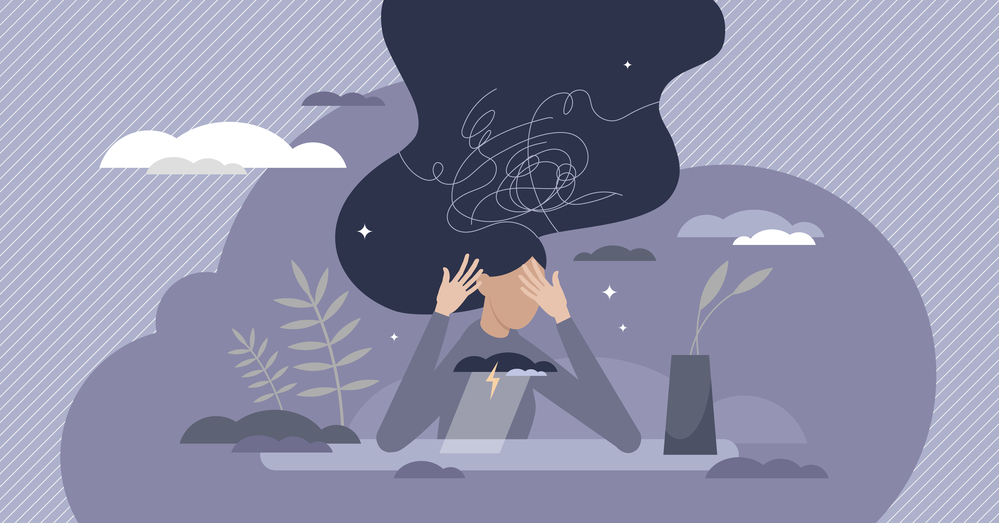
Anxiety is difficult enough on its own. However, because they frequently mimic other illnesses’ symptoms, this disorder’s side effects can frequently generate even more anxiety. Numerous physical responses can be brought on by anxiety and panic disorders. Numerous individuals are not aware that their symptoms are not brought on by an underlying illness. Instilling greater dread in them can make things worse. Understanding anxiety and identifying the physical signs might help break the cycle. These are a few of the typical physical indicators.
Fatigue
Anxiety, panic attacks, ongoing stress, depression, and other mental diseases frequently exhibit the symptom of fatigue. Anxiety causes tension and alertness in the body and mind. Stress and anxiety are caused by the mind’s persistent hunt for danger both inside and outside of the body. Consistently demanding high attentiveness causes both mental and physical fatigue.
Rapid heartbeat
A typical human response to danger is anxiety. The fight-or-flight reflex, which is commonly known as the anxiety response, produces physiological changes in the body to prepare for danger. However, chronic anxiety can make it difficult for your body and mind to discern between real and imagined threats, which can result in a fight-or-flight response, which raises your heart rate.
Breath Control Issues
Another unsettling feeling that makes many individuals fear a heart attack, choking, or lung problems is shortness of breath. By exhaling too much carbon dioxide and breathing too much oxygen, hyperventilation results in breathlessness. Although you might feel like you’re choking, have a lump in your throat, or can’t breathe, hyperventilation is harmless.
Dizziness
Hyperventilation and other anxiety-related conditions like stiff neck and shoulders might make you feel dizzy, faint, or unsteady. Many people experience dizziness and fear of passing out during a panic attack, but some people with anxiety disorders experience chronic dizziness and balance problems.
Muscle weakness
Another frequent sign is muscle weakness, which most frequently affects the arms and legs. Blood flow is diverted to vital areas, such as the legs, in preparation for the fight or flight response. Legs are needed to sprint away from danger. Increased blood flow in the legs might make them feel weak or tingly.
Headaches
Headaches and migraines, as well as clenching and grinding of the teeth, tension, bad posture, and hyperventilation, are all brought on by neck and shoulder tightness. Sharp discomfort, dull ache, or pressure around the head and eyes are other possible symptoms of anxiety. Worrying excessively might mess with your hormones. These imbalances cause migraines in some women.
Digestive Discomfort
Bloating, stomach cramps, acid reflux, heartburn, constipation, and diarrhea can all be brought on by stress and worry. Irritable bowel syndrome (IBS) and problems with mental health have both been linked. Food allergies and intolerance symptoms might be made worse by anxiety.
Pins and Needles
Anywhere in the body, tingling, numbness, and pins and needles are common symptoms. Common signs of anxiety include tingling in the arms, lips, and cheeks, yet many people mistake this tingling for a stroke. Although physical tension can contribute, hyperventilation is the primary cause of body tingling and numbness.
Accepting that the unpleasant physiological sensations brought on by worry are simply momentary and harmless can help people feel less anxious. Worry sometimes leads to stomach problems and tingling sensations in addition to fatigue and dizziness.
Message Me
Please do not hesitate to get in touch with me right away if you are experiencing signs of anxiety and live close to Chandler, Arizona. We can arrange a consultation and design a course of treatment that is convenient for you!